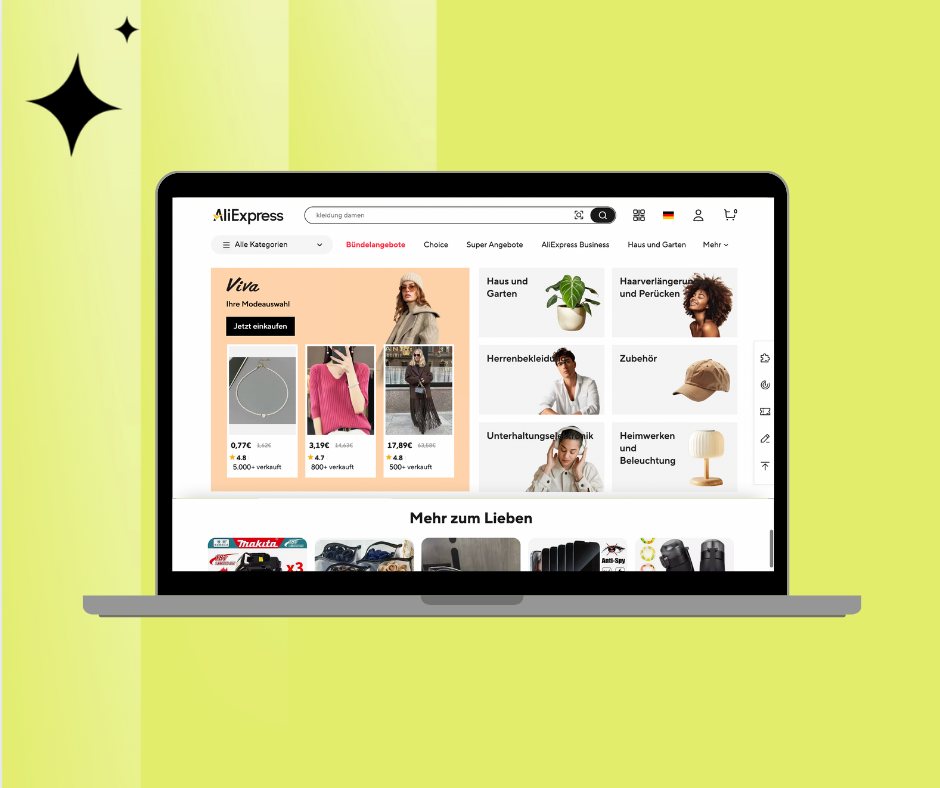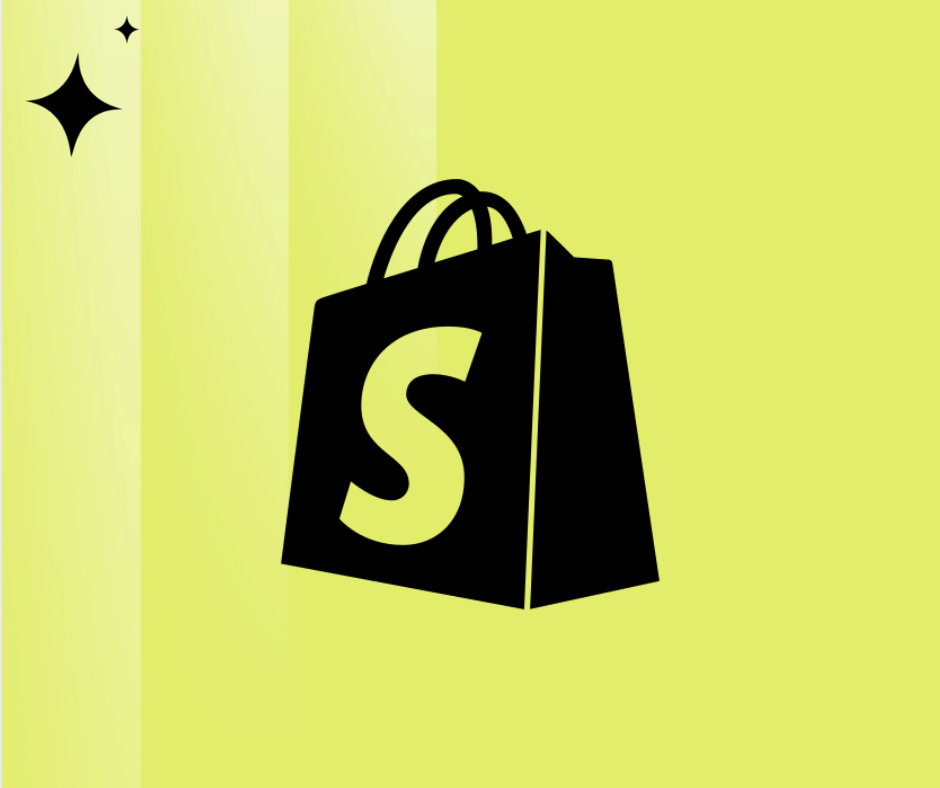E-commerce is booming. In the first quarter of 2025 alone, online retail in Germany saw a 28% increase in revenue, reaching 21 billion euros. That means there are already countless products on the market. But there’s always a problem waiting to be solved, a niche that’s still underserved, or an innovative product idea yet to be discovered.
Whether you're just getting started or looking to expand your existing Shopify or dropshipping store, this guide will help you find profitable products and niches.

How do I find products that sell well?
With so many possibilities, finding the right product can feel overwhelming. Here are the most effective strategies to get started:
-Research current trends
Use tools like Google Trends to discover what people are currently searching for. Follow trending topics on platforms like TikTok, Instagram, and Pinterest to identify products that align with consumer interests.
Example: SodaStream was a trending product a few months ago. But remember—trends move quickly, so timing is key.
-Find a problem-solver
Products that solve specific problems tend to sell well because customers actively look for solutions and are willing to pay for them.
Example: Robotic vacuum cleaners eliminate a boring chore—people are willing to pay more for convenience.
Tip: Think about your daily routine. What frustrates you? Ask friends and family what they wish existed to make life easier.
-Leverage hobbies and passions
Enthusiasts spend a lot on their hobbies. Think beyond the obvious: a runner needs more than just shoes—they invest in breathable clothing, hydration packs, smartwatches, etc.
Start by asking yourself: What are you passionate about? Could you build a product line around that?
-Browse B2B platforms and marketplaces
Get inspired right at the source. Platforms like Alibaba, AliExpress, Global Sources, CJ, and trendsy offer a wide variety of products to explore.
You can also analyze Amazon and eBay bestseller lists to discover what’s trending in different categories.
Pro Tip for Dropshipping: Use Oberlo, Zendrop, or DSers (if you're on Shopify) to browse trending dropshipping products.
How to find the right product niche
Defining your niche is crucial. Instead of trying to reach everyone, focus on a specific customer group and offer tailored products. Build your store, marketing, and messaging around their needs.
-Use mind mapping
Start with a broad product idea and map out all related topics and customer types. Tools like MindMup make this easy.
Example: Start with “eco-friendly home goods” and branch into kitchenware, storage, or decor.
-Use Google and keyword tools
Type your product into Google and see what suggestions come up (Google Suggest).
Use tools like Google Keyword Planner or Keywords Everywhere to identify search volumes and competition levels for related terms.
Key questions:
-Is there enough demand?
-How many competitors exist?
-How strong is the competition?

Where to find inspiration for innovative product ideas
Not every good product idea appears out of nowhere. Often, you need to dig deep. Here’s how:
-Track consumer trends
Observe long-term changes in lifestyle, health, tech, or environmental awareness. Pinterest, Facebook groups, niche forums, and Reddit are great sources for ideas.
Example: Brands that noticed the yoga + sustainability trend early launched cork yoga mats and recycled apparel.
-Read product reviews
Browse Amazon or other marketplaces in your category. Look for patterns in customer feedback. What do people love? What do they complain about?
Negative reviews often highlight gaps you can fill with a better product or packaging, faster delivery, or better instructions.
Example: If users complain a yoga block is too heavy, your lightweight version could become a bestseller.

What next? Production, sourcing, or dropshipping?
Once you’ve chosen a product, the next step is deciding how to get it into customers' hands. Here are the common methods:
-Make it yourself
Perfect if you're a creative maker—jewelry, soaps, planners, art prints, etc. This option offers control, low startup costs, and no supplier issues.
Best for: Etsy sellers or small Shopify stores testing a new product.
Tip: If demand grows, consider outsourcing production to save time.
-Private label or custom manufacturing
Have a unique product or formulation? Use private label manufacturing to bring it to life.
You get better margins and branding control, but you'll need more capital and time to organize production and shipping.
Best for: Sellers who want long-term brand control and can invest in MOQs (minimum order quantities).
-Wholesale sourcing
Buy bulk products from platforms like Alibaba or local wholesalers, brand them as your own, and sell through your store.
Advantage: You skip product development.
Downside: More competition, less price control, and less product uniqueness.
-Dropshipping (great for Shopify beginners)
The most beginner-friendly method. You don’t need to hold inventory. You sell the product, the supplier ships it.
Tools like DSers, Zendrop, and CJdropshipping integrate directly with Shopify.
Downsides: Lower profit margins, less control over branding, and longer shipping times (unless you use local suppliers).
Tip: Focus on trending, low-cost, problem-solving items with good margins.

Final To-Dos
-Create a detailed mind map of product ideas
-Use Google Suggest and Keyword Planner to analyze demand
-Read Amazon reviews for your product category
-Join niche Facebook groups and Reddit communities
-Test products using a lean Shopify setup or with dropshipping
-If you’re making your own product, test it on Etsy first
-Once validated, scale up by outsourcing or manufacturing
Do you need help finding products or setting up your store? Contact us today!



Leave a comment
This site is protected by hCaptcha and the hCaptcha Privacy Policy and Terms of Service apply.